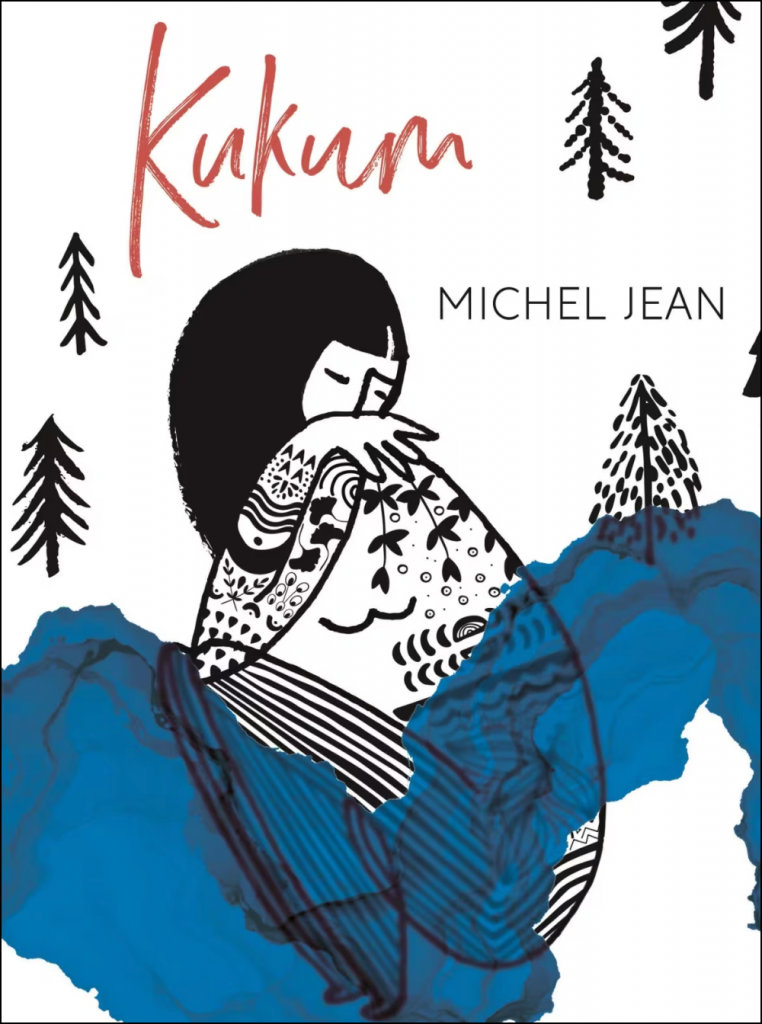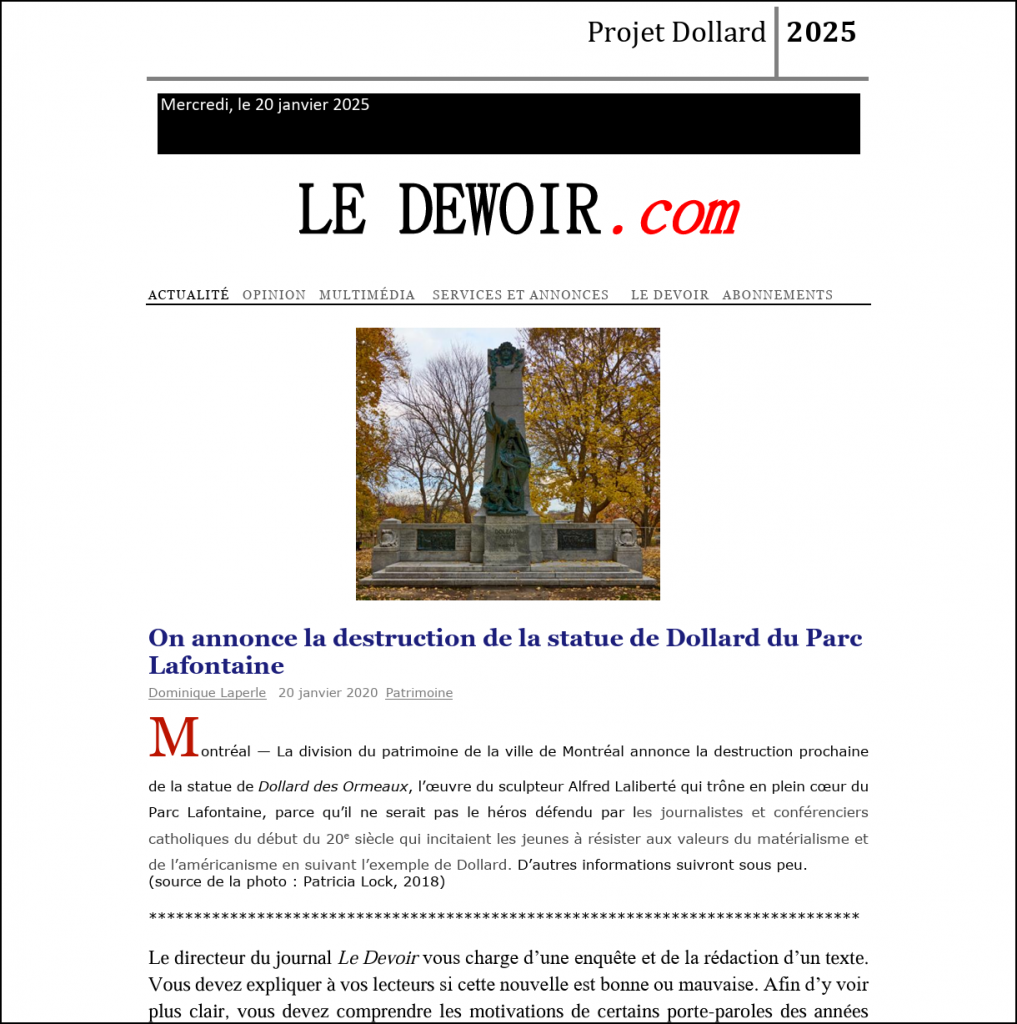Dominique Laperle,
History Teacher
Dominique Laperle teaches Quebec and Canadian History at Pensionnat du Saint-Nom-de-Marie in Outremont, Quebec. He mainly teaches students in secondary 3 to 5 (grades 9, 10 and 11). Pensionnat du Saint-Nom-de-Marie is a private school with a history spanning over 120 years. Originally a religious school, it is now run by a secular non-profit corporation. The school is in an affluent Montréal suburb and is part of Quebec’s private network of secondary schools. The borough is considered very well-to-do and has a varied ethnic composition, including a majority from the Quebec or French-Canadian community, an English-speaking core, and a strong Hasidic Jewish community. The school is all-girls, with around 1,250 students, and offers an enriched academic profile as well as an arts studies program in partnership with the Ministry of Cultural Affairs. The school community is diverse, with 70 to 80% of students having been born in Quebec and the majority having parents born abroad.

Pensionnat du Saint-Nom-de-Marie
Outremont, Québec

Indigenous Knowledge
Dominique Laperle highlights the importance of including Indigenous knowledge in the school curriculum, despite contextual and demographic challenges.
During a workshop with the Canadian Historical Association in Winnipeg, Dominique Laperle was inspired by a Truth and Reconciliation Foundation presentation based on demographic documents. This work led him to reflect on the differences between English-speaking and French-speaking communities when it comes to knowledge of treaties and Indigenous territories. “They did their presentation by saying which territory they belong to, which unceded territory,” he explains, a practice still rare among Francophones.
Teaching in Montréal, he stresses the challenges of territorial identification, particularly with the claims of the Mohawks and other nations. “Where it’s more complicated is when loaded terms are used in their accounts,” he says, referring to the term “genocide” and its various interpretations. To avoid tensions, Laperle and his team choose specific vocabulary and make students aware of the exploitation and mistreatment suffered by Indigenous people, including in residential schools.
Pensionnat du Saint-Nom-de-Marie also includes interdisciplinary projects, particularly in literature, with works by Naomi Kanapé Fontaine and the novel Kukum. For the past five years, they have invited the Buffalo Hat Singers, a group of Indigenous artists, to enrich the students’ cultural experience. “It’s really important to have this clearer contact with that identity,” says Laperle, seeking to break down stereotypes and promote a decolonization of principles through education.

Curriculum and Resources
Dominique Laperle highlights the strengths and challenges of the Quebec curriculum, emphasizing the importance of the diversity of resources and skills.
Laperle stresses the importance of actively engaging students in learning by using various technologies and online resources. He explains that “we have access to technologies, including tablets, and online subscriptions for various multimedia content,” enabling a diversification of teaching methods. This approach stands in contrast with lecture-based teaching, making classes more dynamic and engaging for students.
He emphasizes the value of the Quebec curriculum, which focuses on skills rather than mere knowledge. As Laperle points out, “It’s not true that the program no longer teaches historical facts. To demonstrate skills, you need facts.” This paradigm shift, introduced with the 2008 reform, encourages a more analytical approach to history, focusing on organizing, reading, and analyzing historical documents.
However, Laperle acknowledges that the curriculum is not perfect and gives rise to debate, not least because of its ideological stance. To overcome these challenges, Laperle uses comparative projects to connect students to similar international contexts. A notable example is his project on the October Crisis, where students compare the situation of French Canadians with that of African Americans during the same period. This method allows students to see historical parallels and understand the struggles of different communities around the world, enriching their perspective and sense of belonging. “It really helps to achieve better integration of the Quebec school through the integration of international comparison as well,” he concludes.
Co-constructed by Dominique Laperle and Gabriel Masi
